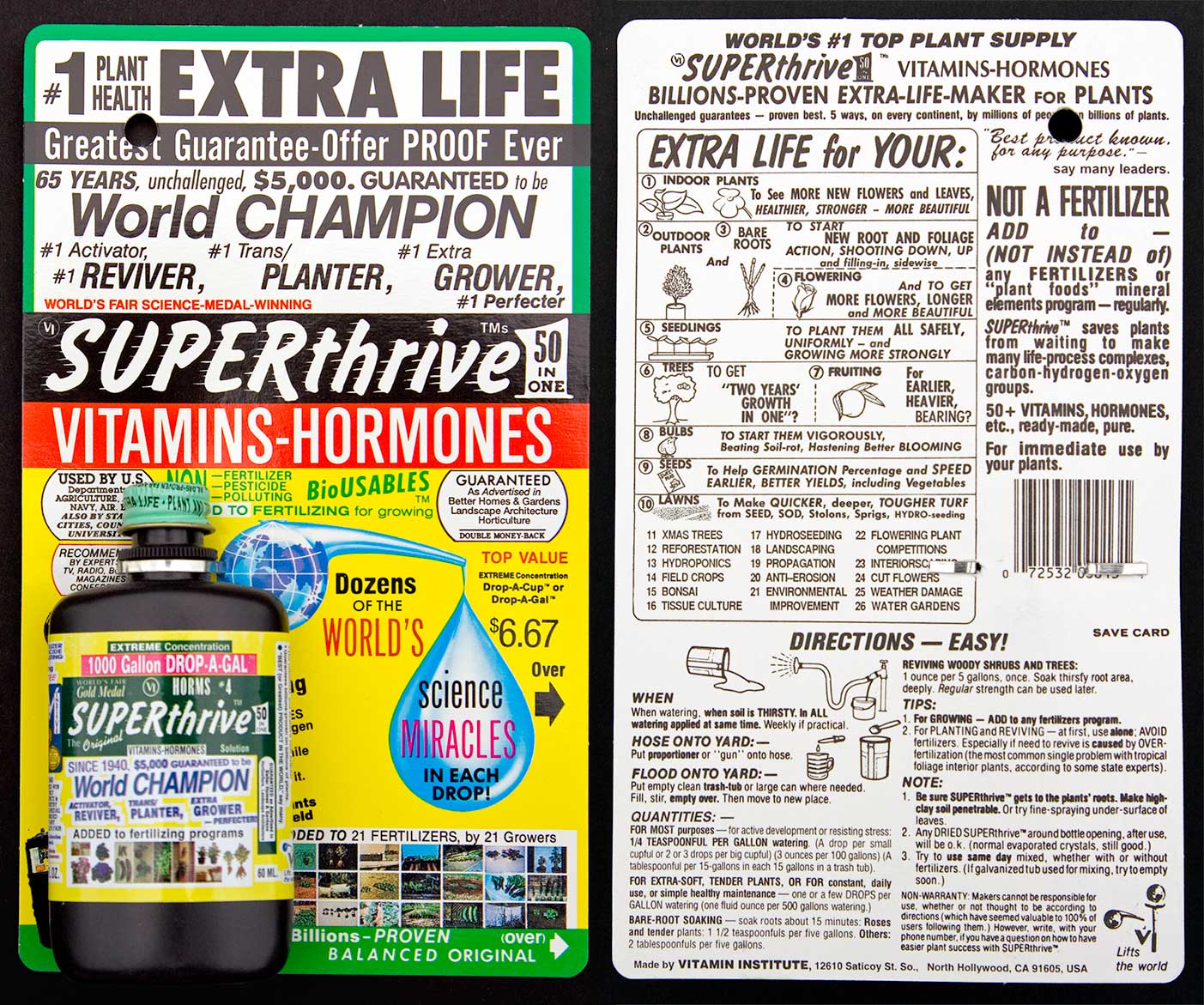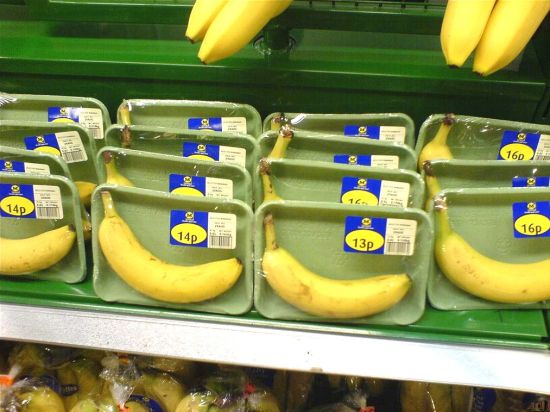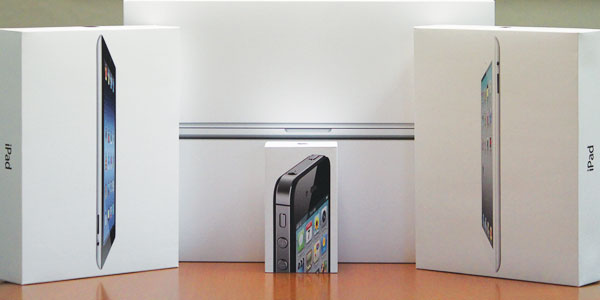Packaging
What is Packaging??
(1) Public or private sector, domestic or international, organizations that propose, develop, establish, monitor, and/or coordinate voluntary standards. Examples are American National Standards Institute (ANSI), European Union Standards Organization, and International Standards Organization (ISO)
Packaging is the science, art, and technology of enclosing or protecting products for distribution, storage, sale, and use. Packaging also refers to the process of design, evaluation, and production of packages. Packaging can be described as a coordinated system of preparing goods for transport, warehousing, logistics, sale, and end use. Packaging contains, protects, preserves, transports, informs, and sells. In many countries it is fully integrated into government, business, institutional, industrial, and personal use.
Package labeling (American English) or labelling (British English) is any written, electronic, or graphic communications on the packaging or on a separate but associated label.
Bad Packaging !!
Good Packaging
6 Rule For Packaging
1. Clarity and simplicity
Next time you go to a supermarket, pick a random shelf and browse through some products. Glance at each and ask yourself two very simple questions:
- What’s this product for?
- What’s the brand behind it?
2. Honesty
Beginners in packaging design, and I’m talking both clients and designers, often strive to depict the product in the most perfect way imaginable. They will show a cookie drenched in chocolate, when in fact you’re buying a simple chocolate flavored biscuit. They’ll show rich, fresh cherries on fruit yogurt with little fruit content.
By depicting a product ten times better than it actually is, you’re misleading and ultimately disappointing the consumer, which only leads to poor sales performance and very bad brand image.
3. Authenticity
Originality, character and memorability are at the heart of great brands and of course, great packaging designs.
It’s easy to understand why – there are hundreds of products out there, all competing for consumers’ attention. The only way to set your brand apart is to be different, to be authentic.
Because this is truly a matter of creativity and exploration, it’s impossible to give advice on how to “be authentic,”especially nowadays when people are faced with myriad of brands, looks and appeals.
4. Shelf impact
From a shopper’s point of view, a product is never seen alone and never in great detail. Because of the viewing distance from shelves and the fact that products are arranged in rows and columns, all we see are veritable patterns made of various products. It’s not until a certain pattern attracts our attention that we decide to take a closer look.
This distinctiveness and appeal of the product when placed on an actual shelf is something retailers call “shelf impact,” and it makes a huge difference in product sales.
5. Extensibility
A product packaging design concept should allow for an easy introduction of a new line extension (product variation) or a sub-brand.
For example, imagine you’re creating a packaging for new brand of apple juice. You and your client opt for a certain design featuring apples which looks really great. However, a few months later, the client decides to launch a cherry flavor under the same brand name.
6. Practicality
Practicality deals with the actual shape, size and functionality of the product container, not just the label or wrap. The more practical the product, the more sales it gets – when Heinz turned the ketchup bottle upside down, sales skyrocketed.
www.goolge.com
www.wikipedia.com











No comments:
Post a Comment